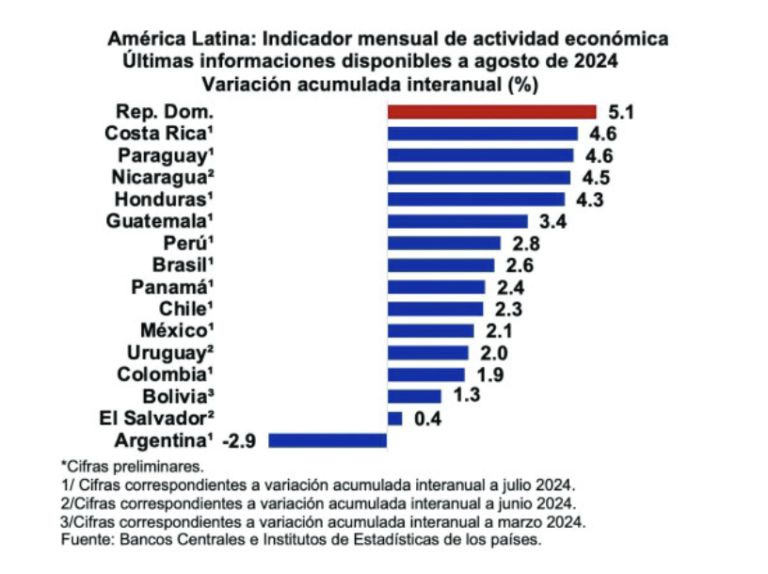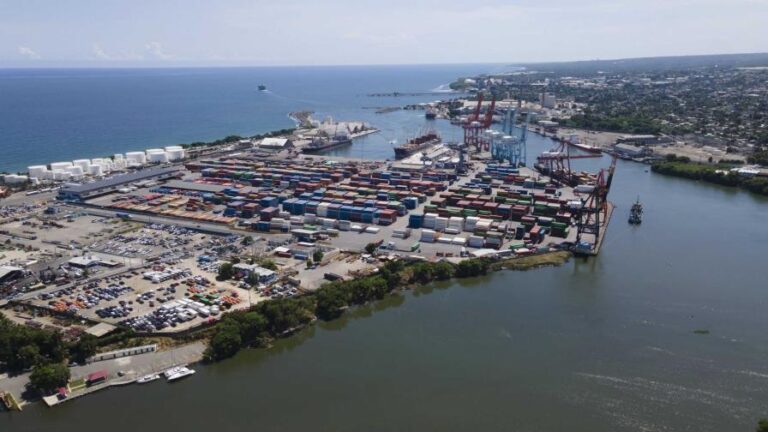
In 2024, foreign direct investment in the Dominican Republic reached US$4,512.0 million, exceeding US$4,000 million for the third consecutive year, a sign of investor confidence in the country, said the Minister of Industry, Trade and MSMEs (MICM) Víctor Bisonó.
He affirmed that this responds to the comprehensive approach to attract foreign investment that lies in guaranteeing a clear fiscal and regulatory framework, and assuming a commitment to transparency, innovation and stability.
Bisonó emphasized that the Dominican Republic offers a safe and reliable environment, supported by solid institutions and a government committed to implementing public policies that generate trust.
“This is a determining factor that investors deeply value,” he said while speaking on the panel on “How to attract more foreign investment to Latin America and the Caribbean”, during the International Economic Forum Latin America and the Caribbean, organized by the Development Bank of Latin America and the Caribbean (CAF).
“Protecting foreign investment is a fundamental pillar of our legal framework. Law 16-95 on Foreign Investment, along with free trade agreements we have signed such as DR-CAFTA, ensures foreign investors a level playing field and effective dispute resolution mechanisms. This has been key to consolidating confidence in our country as an investment destination,” explained the minister.
Referring to the free zone sector, Bisonó indicated that in 2023 the country accumulated US$7,500 million in investments and in 2024 it reached US$8,607 million in exports, standing out in areas such as medical devices, textiles, agro-industrial products and technology.
Víctor Bisonó said that the success of the Dominican Republic is also thanks to the 24-hour Dispatch and One-Stop Shop technological platforms in place, which have significantly reduced the times and costs associated with operations, benefiting both local and foreign companies.
On the subject of semiconductors, the official stressed that the country assumed this challenge as an opportunity to grow and develop a National Strategy for the Promotion of the Semiconductor Industry, which includes training personnel in the areas of electronic engineering and computer science, as well as other ways to foster and develop the sector.
Source:


